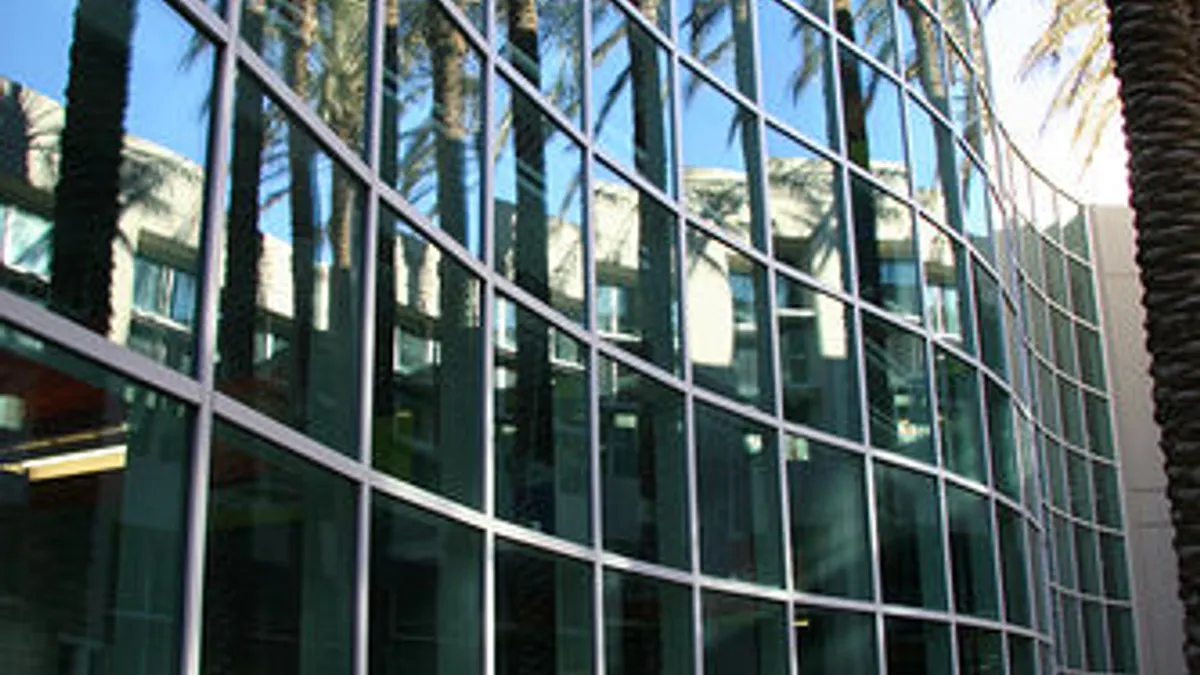At Governors State University, faculty and administrators are revamping the first-year experience at the Illinois institution to emphasize a cross-disciplinary approach leaders are hoping will provide a richer learning experience and help establish connections to the material earlier on and spur critical thinking.
It all starts with an intentional effort to “disaggregate the demographic profile” and really get to know students on a personal level, because “sometimes, statistics can blind us,” said Ellen Walsh, an associate professor of history at Governors State, presenting on her strategies to connect liberal education with life, work and citizenship during the Association of American Colleges and Universities annual meeting last week in Washington, D.C.
“The first thing I do in every class is hand out an index card [to every student] that asks questions like what is the last thing you read for pleasure, favorite movies, what kinds of music [do you listen to] — trying to get to know them a bit as individuals, but also it helps me in making references, cultural references in the classroom,” she said.
But there’s also a question about circumstances: Are there any things going on in the learners' lives that they think might impact their performance in class? And throughout the semester, any time a student is struggling, Walsh referred back to the cards for insight so she can better serve the student.
Students who take her courses as part of the first-year experience requirements are not required to buy any books -- they use the available online databases, like JSTOR, and the treasure trove of primary and secondary sources available on the web for free through the Library of Congress and other universities’ sites.
Walsh admitted “this barely levels the playing field for students, in terms of cost,” but said “it really helps a lot, and it also lets them know that I'm thinking about them in all aspects.”
Reinforcing students' well-being
In addition to cost savings, Walsh said she takes the time to meet with all of her students outside of the classroom to reinforce “my concern with not just their academics, but their overall well-being, and not just my concerns, but the institution’s.” This allows her to “communicate both my high expectations and my belief in their ability to meet them, but also the willingness, my willingness and the willingness of GSU, to help them to meet those expectations and reinforce their academic growth.”
The biggest thing, Walsh said, is finding a way to teach students “that their own lived experience is a product not just of their families and their extended families, but they live in a larger historical moment that is shaped by a number of political dynamics.”
The associate professor designed one world history course to examine the sequence of historical events through epidemics, after realizing a number of students were involved in efforts to combat ebola in West Africa. The students were to design service learning projects to take what they’d learned about disease and epidemics throughout history and connect the work to their own passions, raising both money and awareness to help fight the spread of ebola in Africa.
In another instance, students, many of whom are African-American from lower-income backgrounds, had been very affected by police shootings and other instances of persistent racial injustices in the country. So Walsh, paired with an African-American woman faculty member from the social sciences, used this as the framing for a sociological history course, anchored by Ta’Nehisi Coates’ recently released “Between the World in Me” to make the teachings current.
And it wasn’t just the students who were better for this experience — Walsh said having these daily conversations alongside another faculty member who had a very different relationship with the text than Walsh was transformative for her too.
Personal touches make the difference
These are the efforts the recent faculty member productivity movement miss. While pushing faculty members to take on a 4-4 course load filled to the brim with students may seem to best maximize the university’s human resources and get the most out of instructors' salaries, personal touches like these become the opportunity cost of such movements.
And it’s these personal touches and mentoring that research has found makes the greatest difference in outcomes like student retention and graduation.









